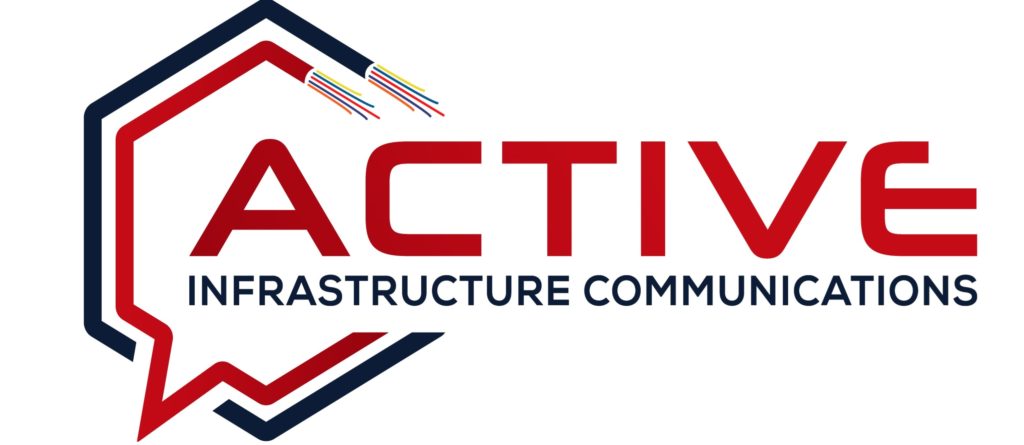Services
Third Party Subcontracting
Third-party subcontracting,
also known simply as subcontracting
Third-party subcontracting, also known simply as subcontracting, refers to the practice of hiring another external company or individual (the subcontractor) to perform specific tasks or services that are part of a larger project or contract.
Notably, this arrangement is common across various industries and enables businesses to leverage external expertise, resources, and capabilities. As a result, projects can be completed more efficiently.
Third-party subcontracting is a strategic business practice that allows organizations to leverage external resources and expertise effectively. In turn, it enhances operational efficiency and enables a focus on core business objectives. Nevertheless, careful planning, clear communication, and robust contract management are essential to ensure successful collaboration and project outcomes.


Industries Utilizing Third-Party Subcontracting:
• Construction: Subcontractors are often hired for specialized tasks such as electrical work, plumbing, and HVAC installation.
• Information Technology: IT companies subcontract for software development, cybersecurity, and IT infrastructure management.
• Manufacturing: Subcontracting for component manufacturing, assembly, and logistics services.
• Healthcare: Outsourcing services such as medical billing, transcription, and facility maintenance.
Key Aspects of Third-Party Subcontracting:
Contractual Agreements:
A subcontract agreement governs the relationship between the primary contractor
and subcontractor, specifying terms such as payment terms, intellectual property
rights, confidentiality, and dispute resolution mechanisms.
It ensures clarity regarding expectations, deliverables, and performance metrics to
mitigate risks and ensure accountability.
Scope of Work:
The subcontractor's scope of work is defined within the subcontract agreement,
detailing specific tasks, deliverables, timelines, and quality standards.
It typically outlines the subcontractor's responsibilities, including performance
expectations, reporting requirements, and compliance with applicable regulations.
Roles and Responsibilities:
Primary Contractor: The organization that originally secures the main contract
with the client or customer.
Subcontractor: An external entity hired by the primary contractor to perform
specialized tasks or services within the scope of the main contract.
Types of Services Outsourced:
Specialized Expertise: Subcontractors often provide specialized skills or
technical expertise that the primary contractor may lack internally.
Labor Intensive Tasks: Outsourcing labor-intensive tasks allows the primary
contractor to focus on core competencies and strategic activities.
Benefits of Third-Party Subcontracting:
Scalability: Enables businesses to scale operations quickly without investing in additional resources or infrastructure. Access to Expertise: Access to specialized skills and knowledge that may not be available internally. Cost Efficiency: Reduces operational costs associated with hiring and training employees for short-term projects. Flexibility: Allows flexibility to adapt to changing project requirements and market demands.
Challenges and Considerations:
Quality Control: Ensuring consistent quality and adherence to project specifications by subcontractors. Communication and Coordination: Effective communication and coordination between the primary contractor and subcontractors to ensure alignment with project goals and timelines. Risk Management: Identifying and mitigating risks associated with subcontracting, including legal, financial, and reputational risks.
Contact us today to discover how our expertise and dedication can benefit your telecommunications projects
Experience firsthand why Active Infrastructure Communications is the trusted choice for superior service and exceptional results.
